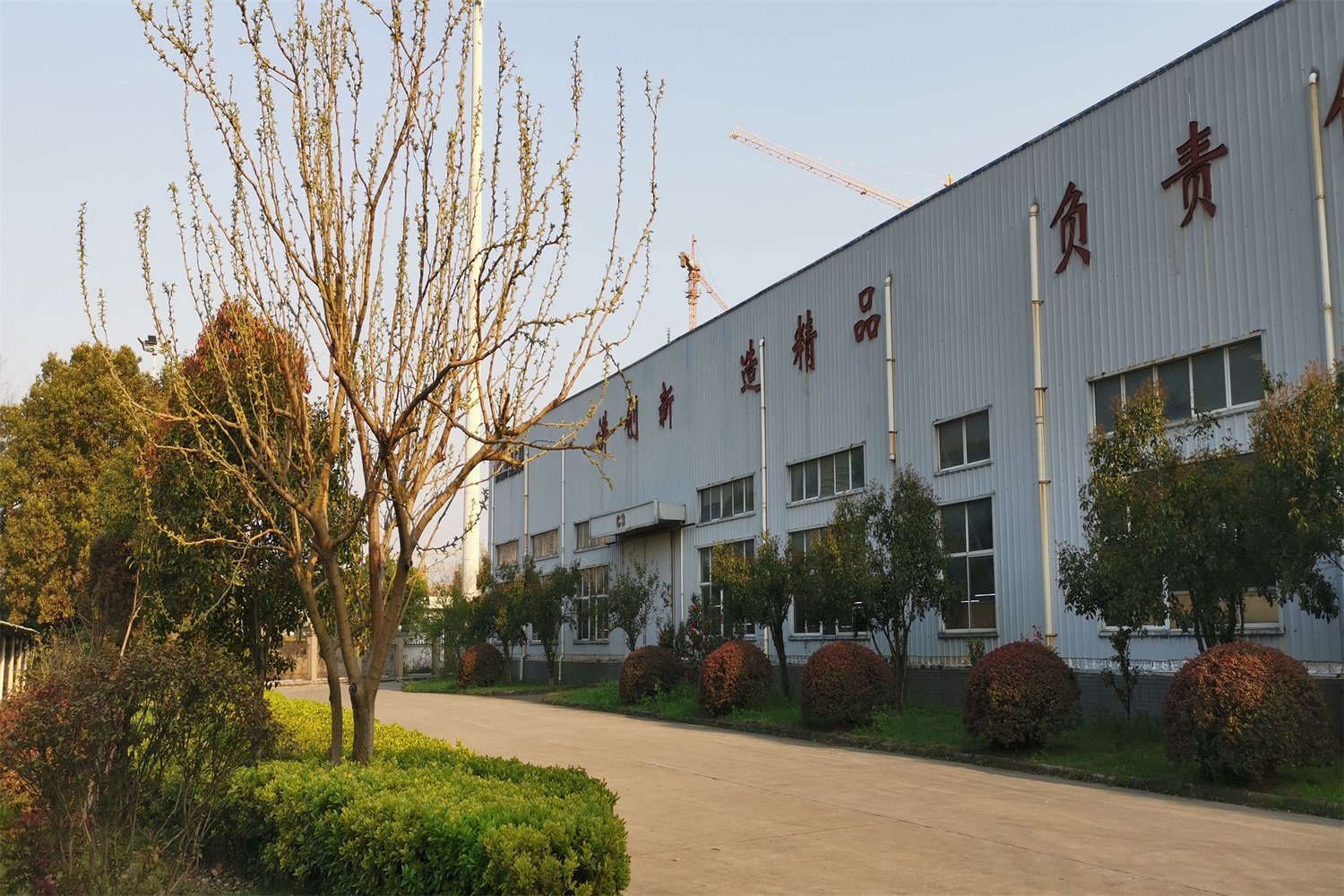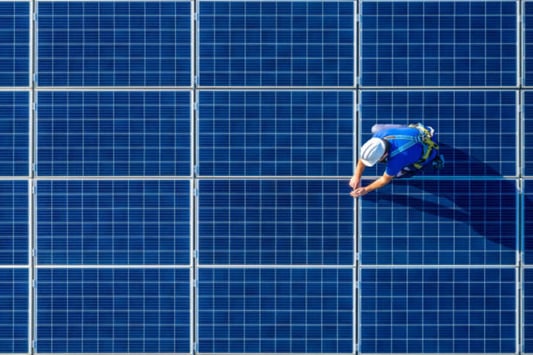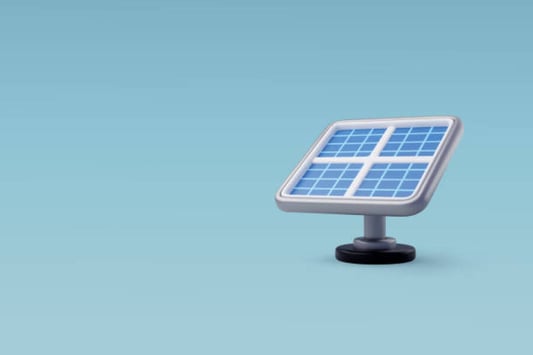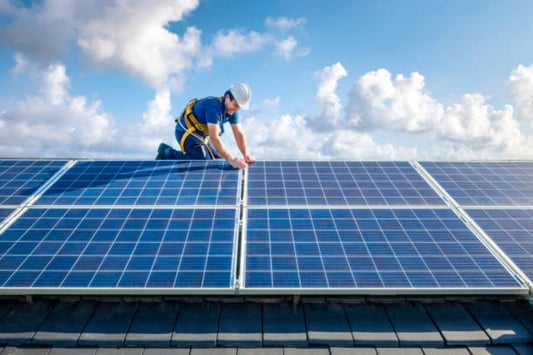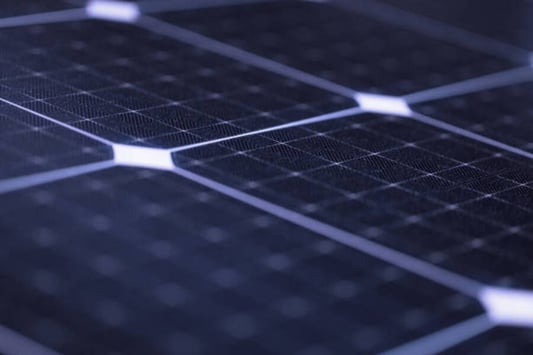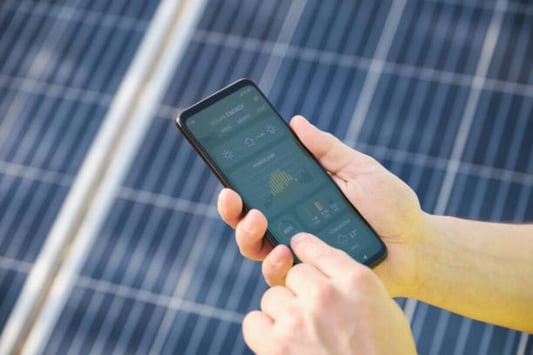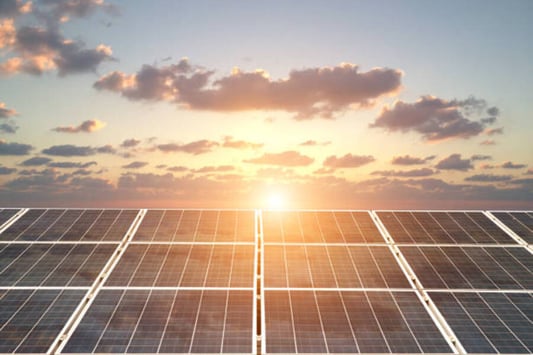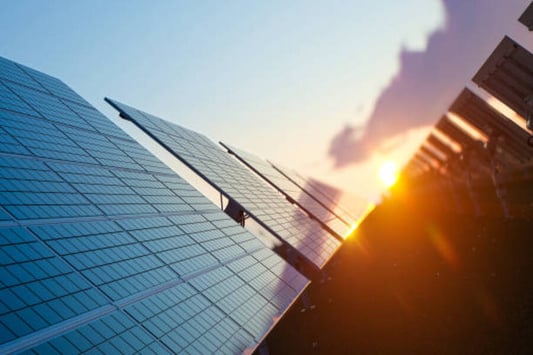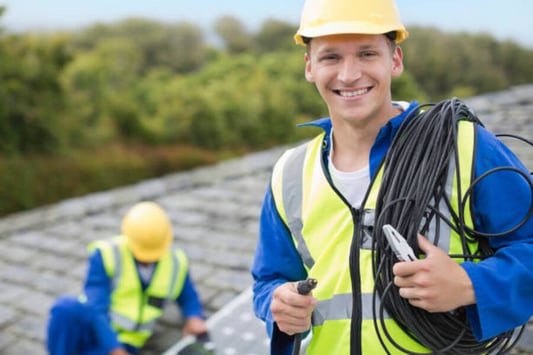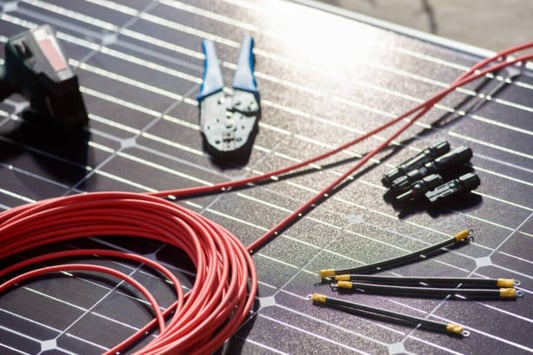What is a solar earth cable?A solar earth cable is a vital component in solar power systems that ensures the safety and effectiveness of the system. It is designed to provide a path for electrical currents in case of faults or lightning strikes, protecting both the system and individuals.Role of Solar Earth Cable in Solar Panel InstallationDuring the installation process of solar panels, the solar earth cable is used to ground the system, preventing the build-up of static electricity and minimizing the risk of electrical shocks. This cable also helps in dissipating excess energy generated by the panels.Importance of Proper InsulationProper insulation of the solar earth cable is crucial to prevent any short circuits or electrical hazards. The insulation material should be durable and weather-resistant to ensure the longevity of the cable and the safety of the entire solar power system.Benefits of Using High-Quality Solar Earth CablesInvesting in high-quality solar earth cables can significantly improve the performance and reliability of a solar power system. These cables have better conductivity and durability, leading to a more efficient and safer electricity distribution.Types of Solar Earth CablesThere are different types of solar earth cables available in the market, such as copper cables, aluminum cables, and tinned copper cables. Each type has its own unique characteristics, and the choice of cable depends on the specific requirements of the solar power system.Installation and Maintenance of Solar Earth CablesProper installation and regular maintenance of solar earth cables are essential to ensure the smooth operation of a solar power system. It is recommended to hire professional electricians for the installation process and conduct routine checks to detect any issues early.Compatibility with Solar InvertersSolar earth cables need to be compatible with the solar inverters used in the system to ensure seamless integration and optimal performance. It is important to choose cables that meet the specifications and standards recommended by the inverter manufacturer.Regulatory Compliance and Safety StandardsAdhering to regulatory compliance and safety standards is crucial when it comes to solar earth cables. These standards are in place to protect both the users and the environment, ensuring that the solar power system operates efficiently and safely.Cost Considerations of Solar Earth CablesWhile the initial cost of high-quality solar earth cables may be higher, the long-term benefits far outweigh the investment. By choosing reliable cables, homeowners can avoid frequent repairs and replacements, saving money in the long run.ConclusionIn conclusion, solar earth cables play a critical role in the efficiency, safety, and reliability of solar power systems. Investing in high-quality cables, ensuring proper installation and maintenance, and adhering to regulatory standards are essential steps in harnessing the full potential of solar energy.Quote InquiryContact Us

